Coppi
Polyurethane foam with extended open time, reduced post-expansion, and high tear resistance.
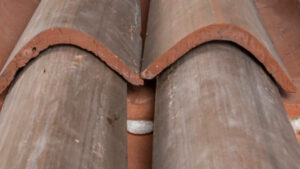


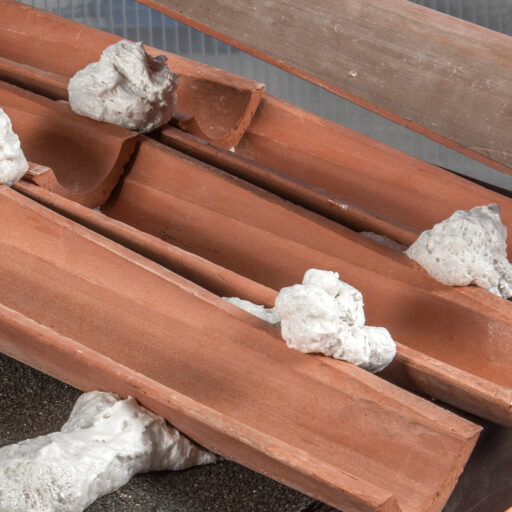
Application areas
Discover more
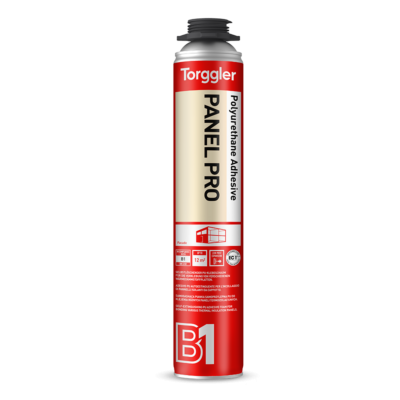
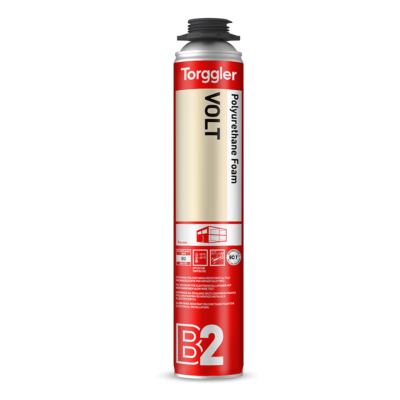
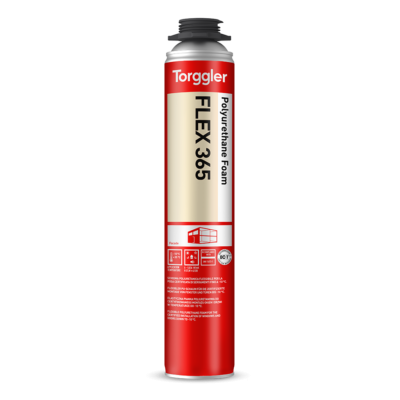
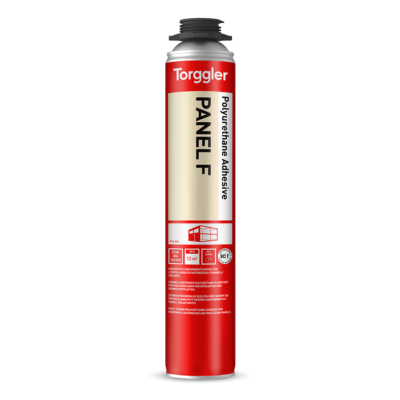
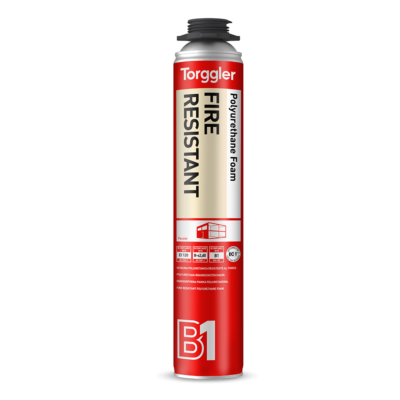
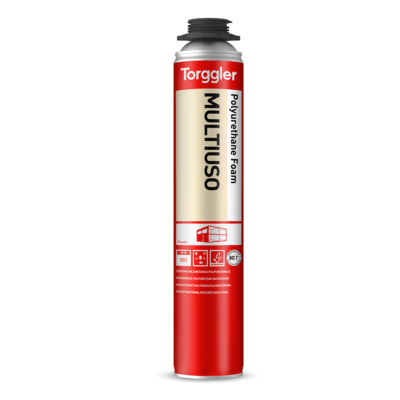
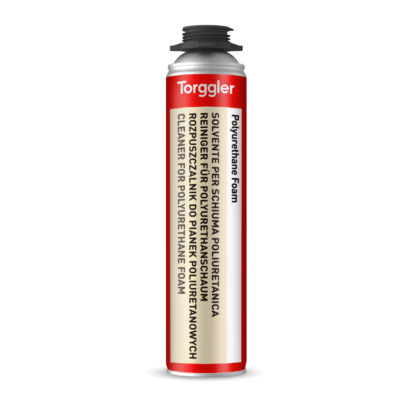
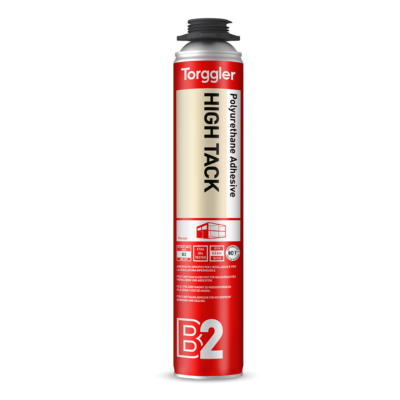
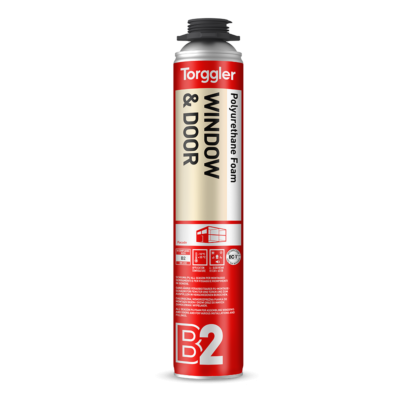
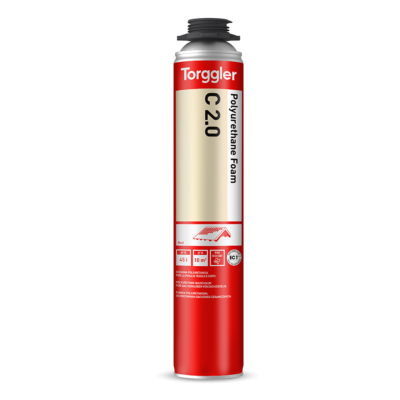
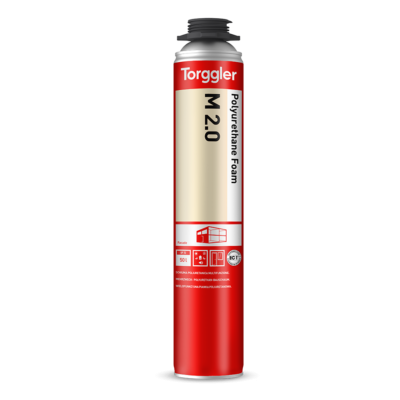
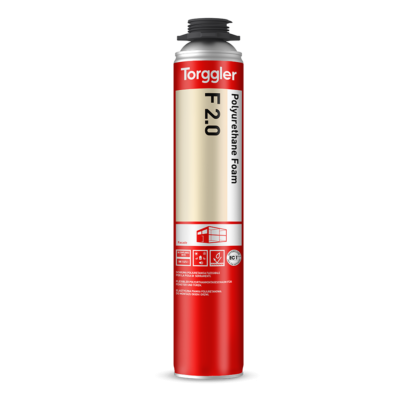
Coppi is a single-component polyurethane foam in an aerosol. Its special formula, characterised by a low level of subsequent expansion of the foam, long open times, a compact cellular structure and high resistance to tears, make it ideal for gluing roof tiles. The long open times guarantee excellent adhesion on both sides of the tile while the low level of subsequent expansion of the foam prevents undesired raising of the tiles and waste of material due to sideways seepage. The high resistance to tears guarantees excellent sealing of the assembled materials over time. The hardened foam may be cut, holed, sanded, painted and plastered. It adheres firmly to wood, concrete, tile, asbestos cement, metal, glass and various plastics with the exception of polyethylene, Teflon and silicon. It also has high resistance to water, detergents, microorganisms and chemical agents. Fire reaction class: B2 as per DIN 4102-1. The special formulation of Coppi makes it very suitable for bonding applications, but at the same time Coppi reduces its suitability for applications where more attention is paid to the speed of curing and the volume obtained. For these applications we recommend the use of Window & Door or C 2.0.
Cleaning
Clean any traces of non-hardened foam (e.g. on clothing, doors, etc.) using Cleaner for polyurethane foams. Hardened foam must be removed mechanically only (e.g. scraped off or sanded).
Observations
The yield of the foam is highly dependent on the temperatures of both the aerosol and the surface. At low temperatures, both the pressure at which the fresh material comes out and the yield of hardened foam are reduced considerably. For easy extrusion of the material and a high yield, use at an aerosol temperature of 20 °C.
Store in an upright position in a fresh area. Do NOT store in a horizontal position as this would lead to the rapid formation of encrustations beneath the valve, which would compromise the extrusion of the foam definitively. Coppi remains stable for at least 18 months if stored in an upright position in a fresh and dry area (at temperatures below 25 °C). Respect the expiry date indicated on the cylinder.
The Coppi aerosol is a pressurised container. Keep away from sunlight adn do not expose to temperatures above 50 °C. Do not puncture or burn even when empty. Do not spray on a naked flame or an incandescent element. Store at a distance from any source of combustion. Do not smoke. Keep out of the reach of children. . Highly flammable. Harmful if inhaled. Contains diphenylmethane –4,4’, diisocyanate (EEC no. 615-005-00-9). Can irritate the eyes, airways and skin. Can cause an allergic reaction if inhaled or if it comes into contact with the skin. Keep away from sources of ignition. Do not inhale aerosol content. In the event of contact with the eyes rinse immediately with lots of running water and consult a doctor. In the event of contact with the skin wash with lots of running water and soap. Wear suitable protective clothing and gloves. In the event of insufficient ventilation, use appropriate breathing apparatus. In the event of an accident or malaise, consult a doctor immediately (if possible, showing him the label).
| Color | Code | Application | Packaging | Packaging size | Pallet | Barcode |
|---|---|---|---|---|---|---|
| Brown | 6909 | Gun application | can | 12x750 ml |
42 cardboards
|
|
| Brown | 6427 | Manual application | can | 12x750 ml |
42 cardboards
|
| PARAMETER AND TEST METHOD | MANUAL | GUN |
| Color | brownish | brownish |
| External temperature during application | from +5 °C to +40 °C | from +5 °C to +40 °C |
| Operating temperature | from -40 °C to +120 °C | from -40 °C to +120 °C |
| Surface filming at 23°C – 50% R.H. | 16 minutes | 10 minutes |
| Cutting (curb with 20 mm diameter at 23°C – 50% R.H.) | approx. 40 min. | approx. 30 min. |
| Bulk density (after non-free foaming) | 20 kg/m3 | 15 kg/m3 |
| Indicative yield 45 l 45 l | 30 l | 40 l |
| Linear meters | 25 meters | 30 meters |
| Resistance to traction | 12 N/cm2 | 12 N/cm2 |
| Linear dimensional variation at 23°C and 50% R.H. | <5% | <5% |
| Resistance to fire (sec. DIN 4102) | B2 | B2 |
| Resistance to UV rays | poor, tends to turn yellow | poor, tends to turn yellow |
| Water resistance | excellent | excellent |
| Micro-organism resistance | excellent | excellent |
| Chemical agent resistance | good | good |
According to our experience on the construction site, with one cylinder of Coppi you can obtain up to 30 linear metres of foam kerb (2 – 3 cm in diameter), with which an average of 7 to 10 m of roofing can be covered, depending on the laying techniques and elements chosen: channel/roof tiles normally require a two-layer bonding, whereas for tiles there is only one layer and therefore, for the same surface area, foam consumption will be lower.
Contact our team for personalized support and product guidance.